Are constant pressure hydraulic hoses as simple as they seem?
02 May 2021
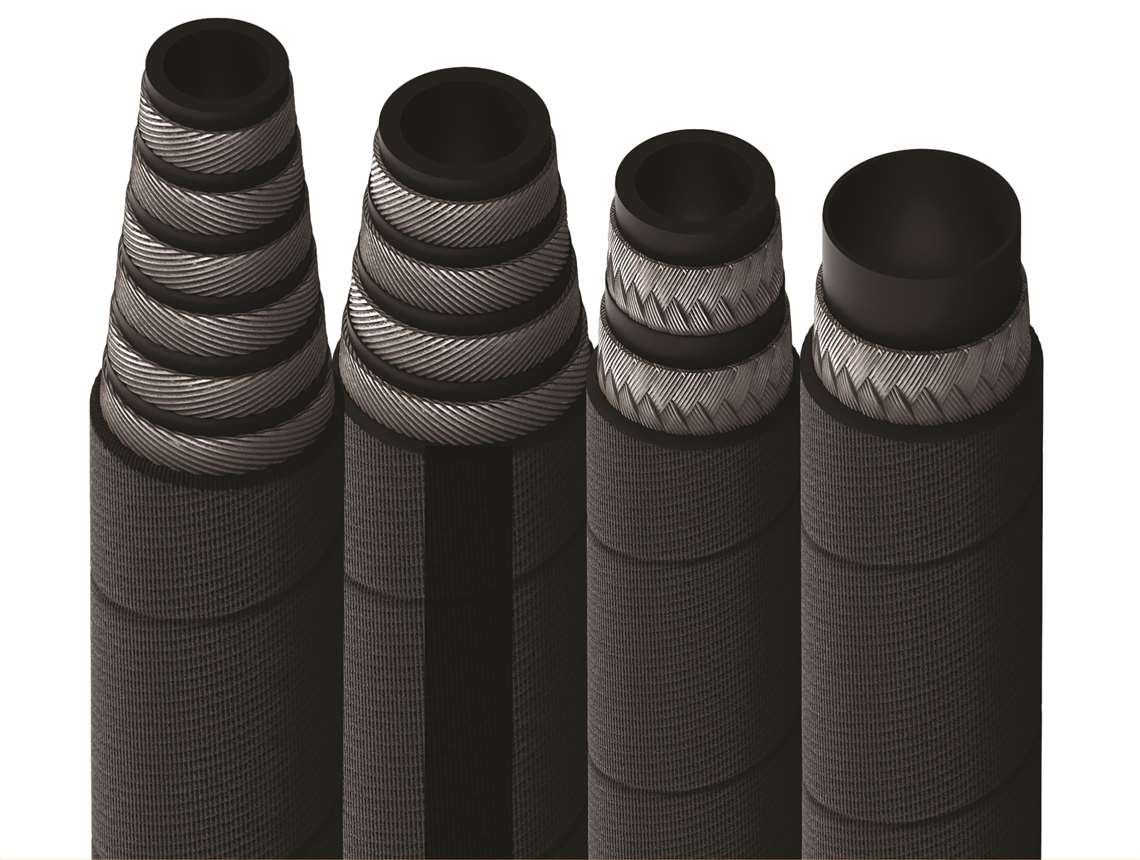 The proper selection of constant pressure hydraulic hose for mobile applications isn’t quite as simple as it might seem.
The proper selection of constant pressure hydraulic hose for mobile applications isn’t quite as simple as it might seem.
By Christopher Schwab
Building and maintaining hydraulic equipment, whether it be mobile or industrial, eventually leads to the question of appropriate hose selection. With seemingly endless hose and fitting options from a variety of suppliers, how do you choose the best product for your application?
Over the years, there has been a lot of activity in the hydraulics industry aimed at simplifying how hoses are rated and specified. In recent years, many hose manufacturers have been promoting products that align with the ISO 18752 “constant pressure” hose specification, which groups hose products based on their pressure rating, regardless of size. In essence, the specification disregards hose construction and aligns all sizes in a hose series with pressure ratings in 1000 psi increments.
In theory, the constant pressure method is a convenient way to simplify hose selection. Equipment manufacturers or integrators can look at the pressure needs of their system and purchase a single series of hoses that will meet that pressure rating. By classifying hoses solely on their pressure rating, however, the constant pressure system can unintentionally mask some important considerations in hose selection. In effect, this “simple” method for choosing hoses isn’t as simple as it seems.
Balancing pressure requirements with hose construction
In many hose specifications (SAE, DIN, etc.), pressure ratings typically decrease as the inner diameter of the hose increases. This is where the constant pressure specification makes a significant break with tradition.
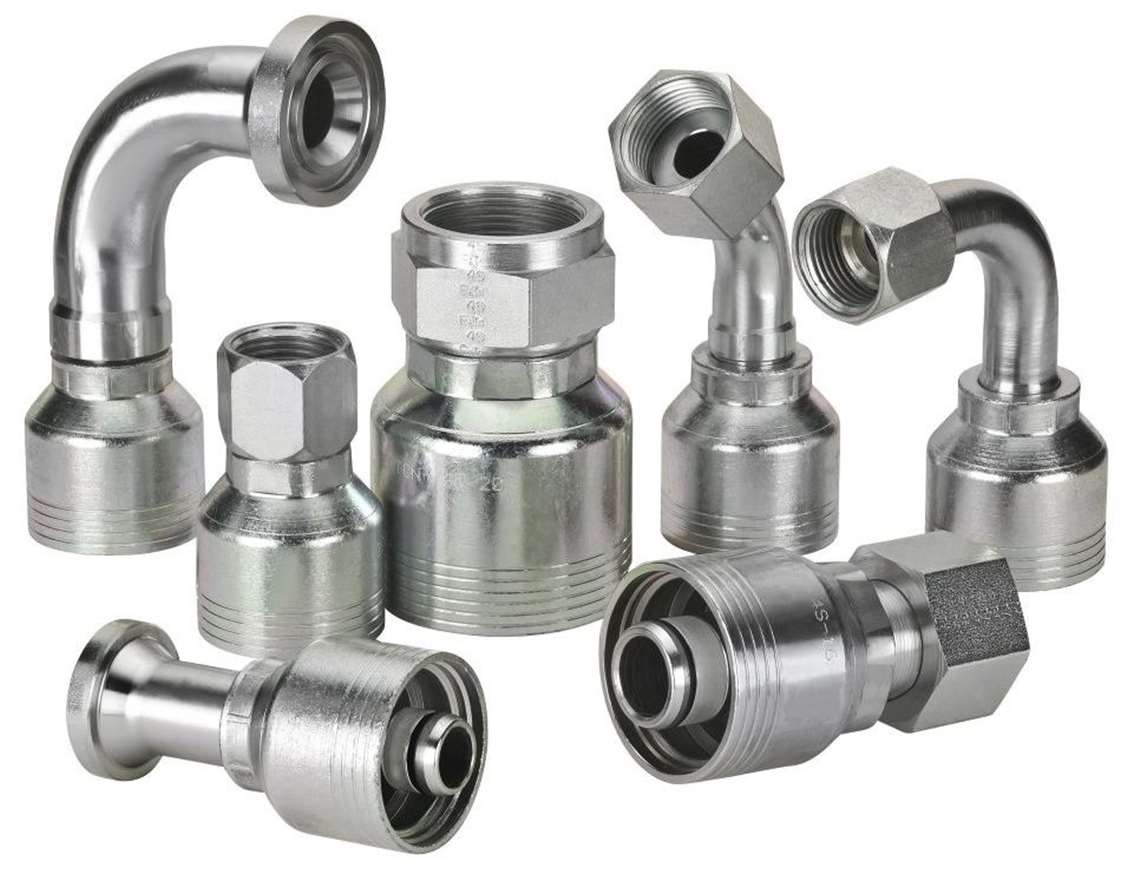 A single constant pressure hose family may include different hose construction types, which can complicate fitting selection and increase the risk of a hose/fitting mismatch.
A single constant pressure hose family may include different hose construction types, which can complicate fitting selection and increase the risk of a hose/fitting mismatch.
Hose pressure ratings depend upon construction. Common hose constructions include one-wire braid, two-wire braid, four-wire spiral and six-wire spiral reinforcement methods. Each of these, in order, adds more wire to the hose, increasing the pressure rating capability. However, it’s important to note that there are tradeoffs. Adding more wire to the hose increases its cost, weight and bend radius, and decreases its flexibility.
Let’s consider an industrial application that requires a ¼-inch hose to meet a 5000 psi pressure rating. A two-wire braided hose construction can be used to meet this pressure rating. However, if another application called for a 1 in. diameter hose, maintaining a 5000 psi pressure rating in accordance with the constant pressure specification would most likely require the hose’s construction to change to spiral reinforcement. This means that the 5000 psi constant pressure hose family will include both hose construction types – braided and spiral.
Hose construction dictates the type of fitting that must be used, so a constant pressure strategy may have the unintended effect of complicating fitting selection and inventory. Aligning the right type of fitting with different hose constructions throughout an application is absolutely critical as a mismatch may result in a significant safety risk due to fitting blowoffs.
Another potential complication of mixing hose construction types in the same family is accounting for flexibility differences. In almost every case, braided hoses have more flexibility and smaller minimum bend radii than spiral hoses. These performance differences can significantly impact the ergonomics and safety of the person installing the hose assembly into the application. In addition, hydraulic system designers need to consider these changes in characteristics as they engineer and design the routing of the hoses on their platforms.
Considerations of ISO 18752
The ISO 18752 hose specification is much more detailed than it looks on the surface. For any given pressure rating, there is a grade A, B, C, or D, which corresponds to a temperature, impulse pressure and impulse cycle life combination. In addition, there are standard and compact versions of the hoses to consider for the A, B and C grades (see Figure 1). Lastly, there are up to 10 classes for each size that correspond to the minimum bend radius of the hose (see figure 2). All these options lead up to a potential of 80 different combinations of performance for any given pressure rating.
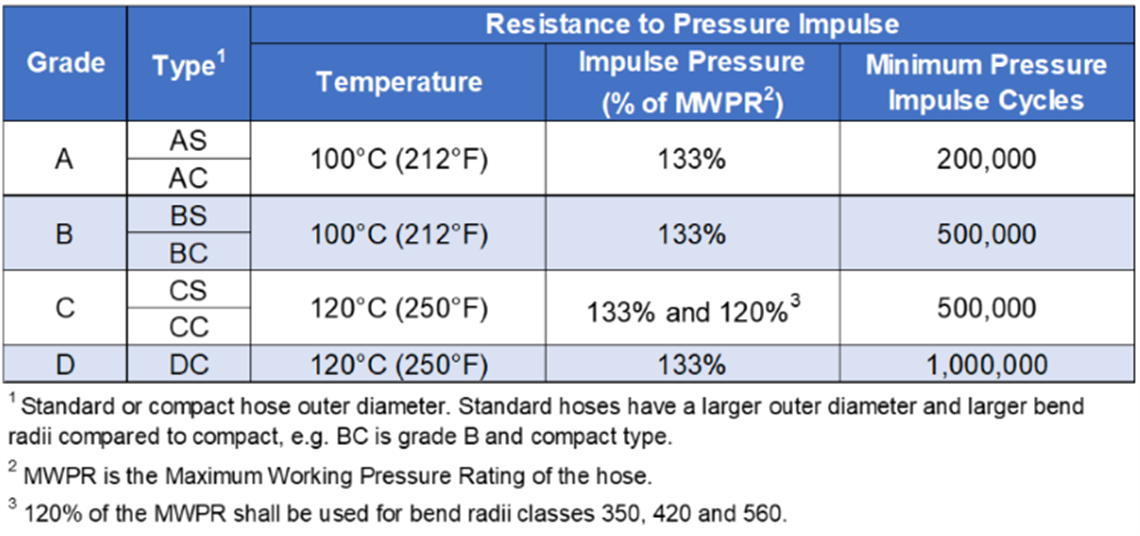 Figure 1. ISO 18752 performance of constant pressure hydraulic hose.
Figure 1. ISO 18752 performance of constant pressure hydraulic hose.
It’s important to understand this complexity when selecting a hose rated to the ISO 18752 constant pressure specification. As an example, a 18752 AS, Class 420 hose with a 3,000-psi pressure rating would have a significantly different life span, temperature rating, bend radius, outer diameter and overall performance compared to a 18752 DC, Class 70 hose, also with a 3,000-psi pressure rating. If these hoses were selected by pressure alone, the difference in performance could lead to failures causing equipment downtime, unexpected costs or even operator safety risks.
Meeting hydraulic circuit design needs
As noted earlier, the constant pressure specification is designed in 1000-psi increments. In some instances, this can be a helpful way to simplify hose selection. But these increments rarely align with the specific needs and design intentions of a hydraulic circuit.
Consider a work circuit on a combine harvester, for example, where the hose between the hydraulic pump and control valve has a maximum working pressure of 4500 psi. Then, the hoses between the valve and actuators operate at 3700 psi. Using a constant pressure hose strategy, the OEM would need to select a hose family rated at 5000 psi for that work circuit. The circuit will most likely operate as intended; however, 5000 psi hoses are an overengineered choice for several of those lines, and that can drive up overall cost of the system.
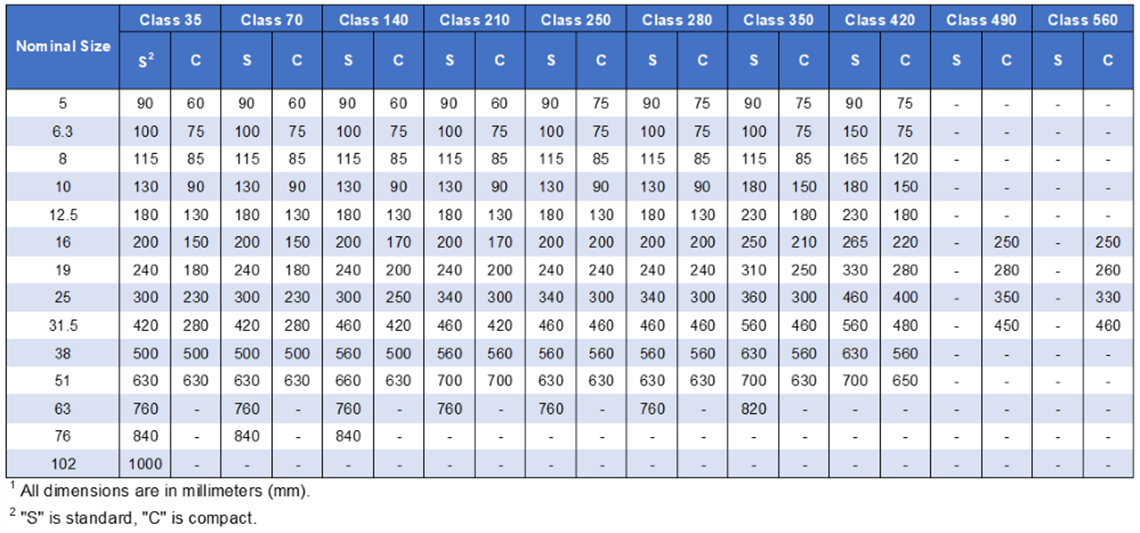 Figure 2. Minimum bend radius of constant pressure hydraulic hose.
Figure 2. Minimum bend radius of constant pressure hydraulic hose.
Specifying a single constant pressure hose family for a machine’s work circuit can be an overengineered choice for some of the lines, which drives up overall system costs.
Balancing modern performance attributes
Hoses have evolved significantly over the past several decades. Advancements in raw material technology, formulation and construction have allowed manufacturers to improve the performance of hydraulic hoses across a number of criteria beyond pressure rating; these include impulse life, temperature rating, abrasion resistance, bend radius and, of course, cost.
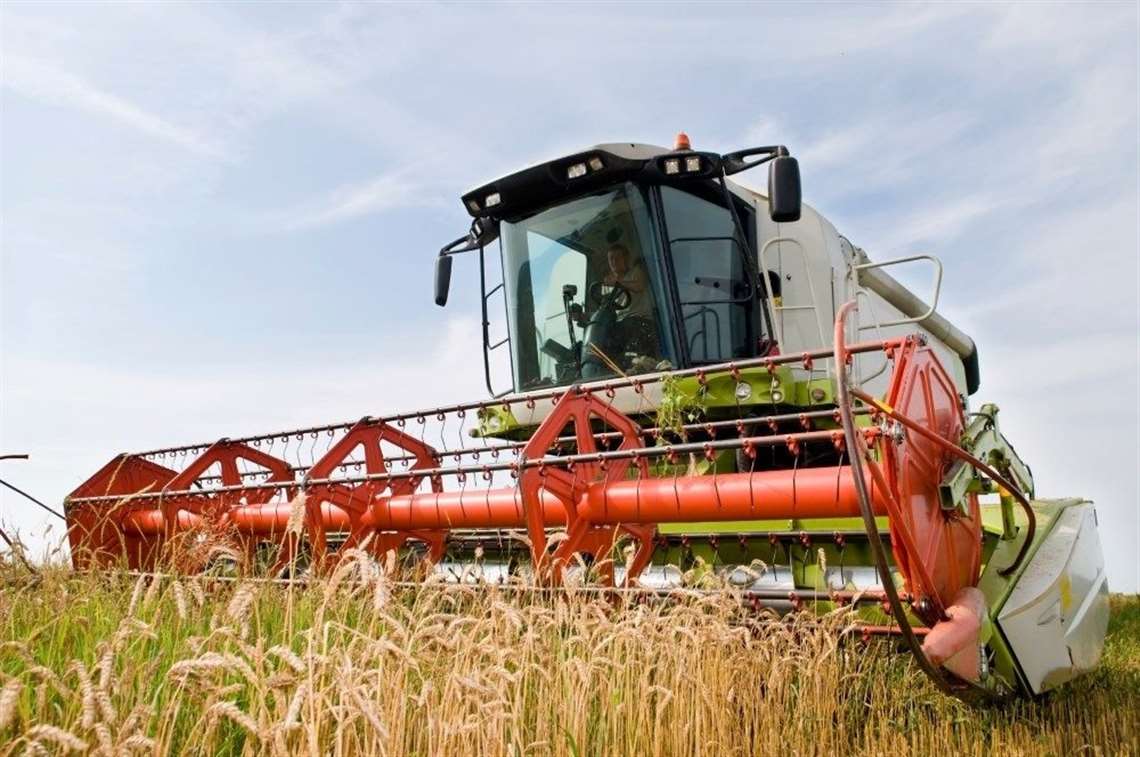 Specifying a single constant pressure hose family for a machine’s work circuit can be an overengineered choice for some of the lines, which drives up overall system costs. kadmy/Getty Images
Specifying a single constant pressure hose family for a machine’s work circuit can be an overengineered choice for some of the lines, which drives up overall system costs. kadmy/Getty Images
Using the constant pressure system may help easily ensure that all pressure ratings are satisfied (or more than satisfied) throughout an application. It does not, however, often account for these other criteria that are essential for an optimized hydraulic system. This is because, put simply, not all hoses rated for a given pressure are created equal.
For example, many modern hydraulic hose applications must withstand dynamic pressure, in which the hose sees a continuous series of on/off impulses. The constant pressure specification accounts for a general or static pressure rating, but you have to dig into the details to understand the expected fatigue life or durability of that hose when faced with continued dynamic pressure.
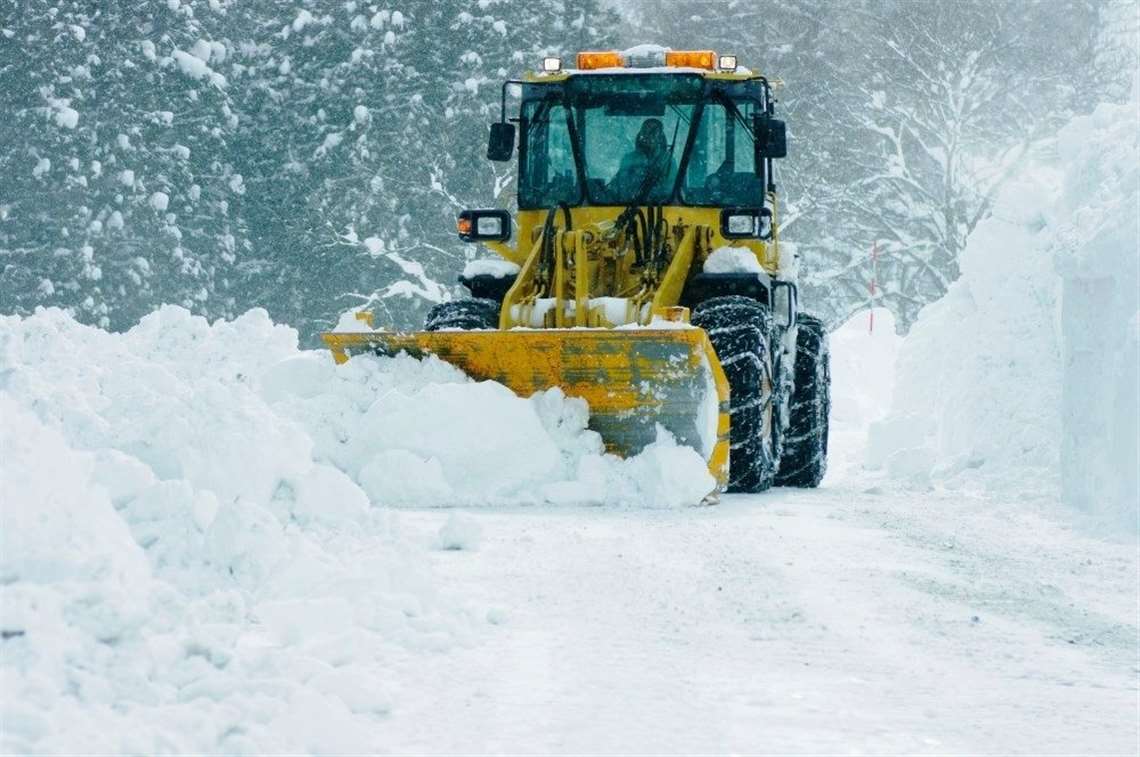 The constant pressure system helps ensure that an application’s pressure ratings are satisfied, but it doesn’t as easily account for other criteria, such as temperature, that are essential for an optimized hydraulic system. kellymarken/Getty Images
The constant pressure system helps ensure that an application’s pressure ratings are satisfied, but it doesn’t as easily account for other criteria, such as temperature, that are essential for an optimized hydraulic system. kellymarken/Getty Images
Temperature is another important consideration. Machines that operate in industries like construction and forestry, for example, must stand up to a variety of inclement weather conditions, ranging from sleet and snow to extreme heat. These variable operating temperatures need to be taken into consideration when selecting a hose. The ISO 18752 specification has multiple temperature ratings embedded in the standard, which means you must look beyond the pressure rating to ensure the hose is fit for the application.
The constant pressure system helps ensure that an application’s pressure ratings are satisfied, but it doesn’t as easily account for other criteria, such as temperature, that are essential for an optimized hydraulic system.
Arriving at the appropriate hose choice
 Christopher Schwab is senior product manager, Rubber Hydraulic Hose and Fitting Products, at Eaton in Maumee, Ohio.
Christopher Schwab is senior product manager, Rubber Hydraulic Hose and Fitting Products, at Eaton in Maumee, Ohio.
The constant pressure approach for selecting hoses and fittings attempts to simplify the process for OEMs and end users alike, but the reality remains that hoses have different attributes beyond pressure rating that must be carefully considered in order to obtain the highest levels of reliability, safety and cost effectiveness.
Experienced hose professionals know that it is essential to evaluate the needs of your hydraulic circuits and identify which hose materials and construction types will deliver optimal performance. While working pressure is one aspect of hose performance, they know to verify others such as temperature, bend radius and impulse life.
While the constant pressure system for selecting hoses appears an easy method, the devil, as in most cases, is in the details.
STAY CONNECTED




Receive the information you need when you need it through our world-leading magazines, newsletters and daily briefings.
POWER SOURCING GUIDE
The trusted reference and buyer’s guide for 83 years
The original “desktop search engine,” guiding nearly 10,000 users in more than 90 countries it is the primary reference for specifications and details on all the components that go into engine systems.
Visit Now
CONNECT WITH THE TEAM









